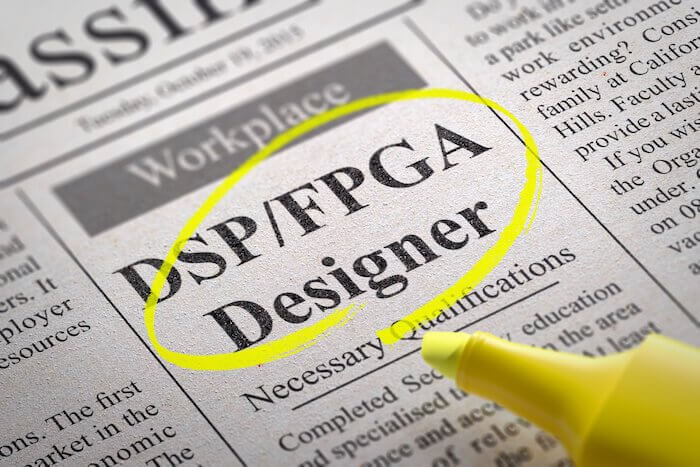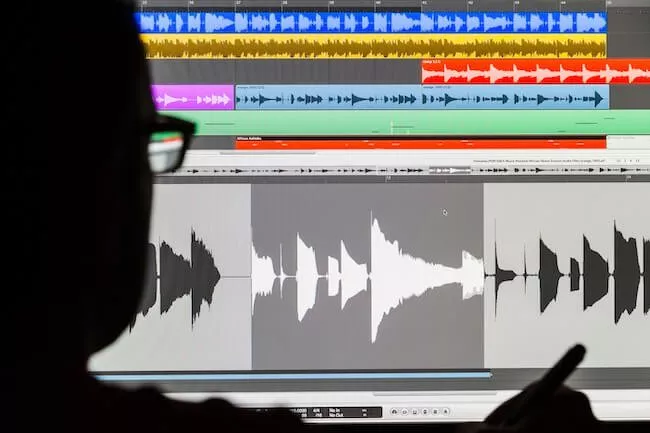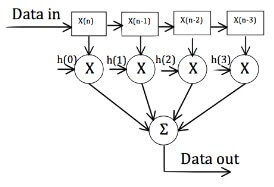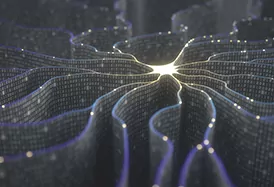![]() From careful filtering of analog sensor lines to sophisticated digital signal processing, Cardinal Peak helps teams use signal processing to achieve the highest level of performance. For example, voice enablement has introduced a variety of audio signal processing challenges, including wake-word recognition, echo cancellation and acoustic beam forming. Cardinal Peak’s deep experience with giving devices a voice of their own has helped our customers launch products with both OK Google and Alexa wake-words. As an Alexa Voice Services partner and with broad audio expertise, we help select and implement both hardware and IP solutions to meet performance, schedule and budget requirements for our clients.
From careful filtering of analog sensor lines to sophisticated digital signal processing, Cardinal Peak helps teams use signal processing to achieve the highest level of performance. For example, voice enablement has introduced a variety of audio signal processing challenges, including wake-word recognition, echo cancellation and acoustic beam forming. Cardinal Peak’s deep experience with giving devices a voice of their own has helped our customers launch products with both OK Google and Alexa wake-words. As an Alexa Voice Services partner and with broad audio expertise, we help select and implement both hardware and IP solutions to meet performance, schedule and budget requirements for our clients.
When it comes to connectivity, Cardinal Peak has devoted years to implementing familiar standards like 5G, LTE, Bluetooth, Zigbee, and Wi-Fi as well as less familiar standards like Ultra-Wideband and LoRa. For truly unique wireless applications, Cardinal Peak has helped customers design, model and implement proprietary waveforms built atop software-defined radios. We routinely help with hardware, embedded software, custom antennas, regulatory certification and end-to-end testing.
Cardinal Peak’s DSP architects are ready to support any stage of development, from preliminary block diagrams to high-level modeling in tools like Matlab and Python, to implementing algorithms in constrained environments, including FPGAs, dedicated DSPs and general purpose processors.
Signal Processing Consulting Case Studies
As one of the top digital signal processing engineering firms, Cardinal Peak provides innovative DSP contract engineering as illustrated in the projects below.

FPGA Capabilities and Design Experience

Audio Filtering in a Noisy Environment

Achieving Stability & Performance with Automotive Audio Embedded Engineering Services
Digital Signal Processor Consulting FAQs
What Types of DSP Contract Engineering Do You Offer?
We work with a variety of DSPs, often as part of audio and voice product designs. Our work revolves around developing algorithms for specific processing or often optimizing performance of DSP code by fully utilizing the hardware peripherals included in many modern DSPs.
Some of the value that DSP services provide include:
- Noise Reduction Techniques
- Signal Enhancement and Restoration
- Feature Extraction and Analysis
To learn more, check out our blog post Improving Signal-to-Noise Ratios: How DSP Services Boost Signal Quality.
What Do Audio Signal Processing Firms Do?
We get involved in a broad range of the audio signal processing including methods for storage, data compression, speech recognition, echo and noise cancellation, acoustic fingerprinting, sound recognition, and enhancement (e.g., equalization, filtering, level compression, echo and reverb removal or addition).
How Much Do DSP Engineering Services Cost?
More often than not, our DSP algorithm development and DSP optimization services are a fraction of the overall project. We do occasionally help a customer with just their DSP code, but even that work can vary substantially depending on any existing libraries we can leverage to meet the requirements. As with all product engineering, there is a balance between the non-recurring engineering (NRE) investment and the bill of materials (BOM) which includes any royalties associated with existing libraries. Give us a call for a free consultation and we can guide you on the design trade-off for your unique needs.
DSP Design Service Related Articles

A C++ Class to Implement Low-Pass, High-Pass and Band-Pass Filters

Accelerating Data Insights: Digital Signal Processing Services in Big Data Analysis

